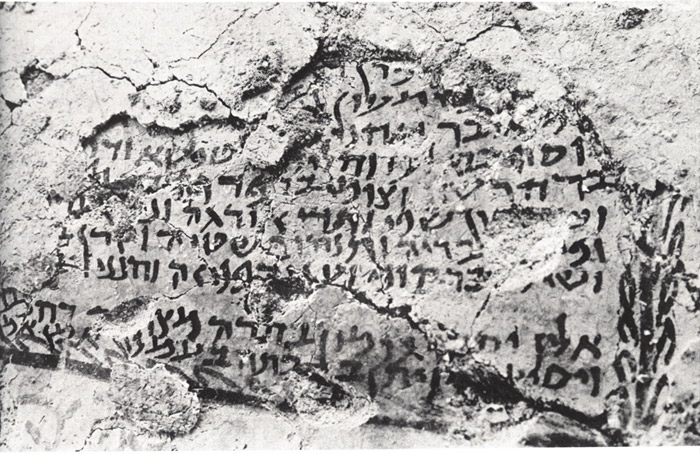Discovered in excavations between 1974 and 1979, the mosaic floor of a synagogue at Rehov in the Beth Shean Valley in Israel, is the earliest exemplar of rabbinic writing. Additional inscriptions painted in plaster on the walls and have yet to be published. The mosaic is dated to the sixth century C.E., and contains extracts from the Palestinian Talmud (Yerushalmi) and some tannaitic works relating to the ritual boundaries of the Land of Israel and to the territories deemed obligated to or exempt from the biblical rules of tithing and related laws. The inscription is of great geographical interest. In addition, it serves as the terminus ante quemfor the practice of preserving rabbinic texts, or at least extracts, in writing. If it can be shown to have quoted from our Yerushalmi, it also contributes to the question of when that work was composed. Finally, because it appears in a village context and in a synagogue, it is an important datum in the debate about the extent and timing of "rabbinization," the process whereby Jewish life in Palestine conformed to the norms and ideas of the rabbinic movement.
Which exhibit?
Page: Featured item
Short name for this entry
Rehov
Order on exhibit page
12
Turn off the details link on the exhibit page
Off
